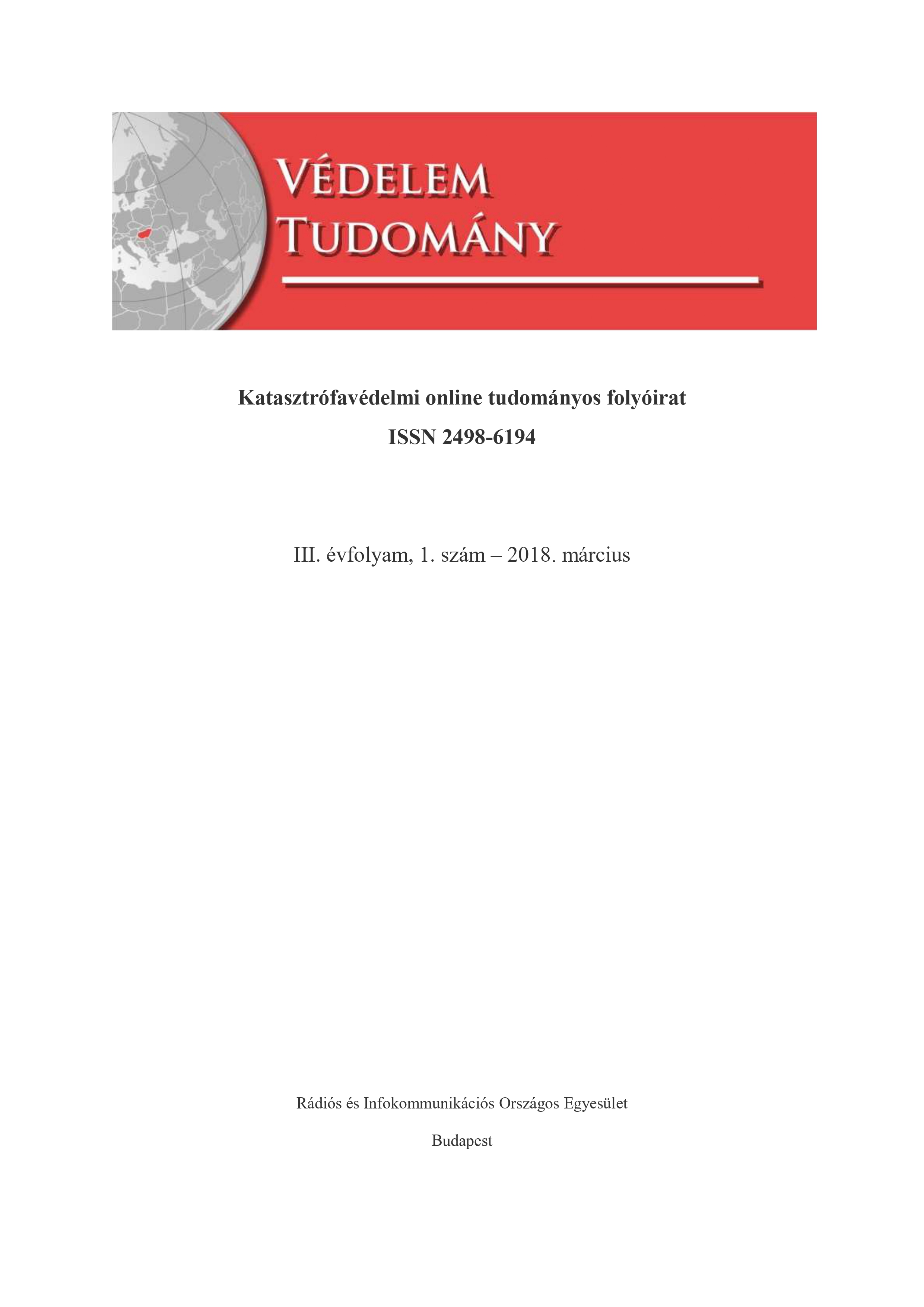Selection of heat insulation materials based on survey
Abstract
Thermal insulation and the energy saving of the buildings are well-known. But in the real life, what heat insulators are chosen by builders and users? What aspects are taken into consideration during the purchasing? Do they know the insulating materials and their most important attributes? The authors took a survey of which insulating materials have priority among the respondents and what aspects are taken into account during purchasing. Based on the results of the survey, the polystyrene, the polyurethane foam and as well as the insulating materials based on cotton fibres are a priority among respondents. During the thermoanalytical analysis, it has been proved that the popular polystyrene and polyurethane
foam has lost more than 90% of the weight of the mass while the rock wool insulation lost only 6%. Furthermore, the gas emissions of the plastic heat insulators are very high compared to the rock wool. The use of combustible construction products increases the risk of the fire.
References
KEREKES ZS, SZABÓ A, SZITÁNYI M: Égés és Oltáselmélet III, egyetemi jegyzet, Budapest: TERC Kereskedelmi és Szolgáltató Kft., 2013
KEREKES ZS, LUBLÓY É, RESTÁS Á: Az oxygén index (LOI) alkalmazásának lehetőségei a tűzvédelmi minősítésekben, Védelem Tudomány : Katasztrófavédelmi online tudományos folyóirat I:(3) pp. 16-27. (2016)
KEREKES ZS, LUBLÓY É, KOPECSKÓ K: Behaviour of tyres in fire: Determination of burning characteristics of tyres, Journal of Thermal Analysis and Calorimetry pp. 1-9. (2018)
ÉRCES G, RESTÁS Á: A komplex tűzvédelem fejlesztése – mérnöki módszerek a tűzvizsgálatban. Védelem-Katasztrófa-Tűz-és Polgári Védelmi Szemle 23 1 (2016) 19-23.o Védelem Tudomány – III. évfolyam 1. szám, 2018. 03. hó
TOMCSÁNYI P. (2000): Általános kutatásmódszertan. – Országos Mezőgazdasági Minősítő Intézet, Budapest, 473p.
CSATAI R. (2012): Kutatásmódszertan I. Elméleti ismeretek a társadalomtudományi kutatásokhoz. – NYME segédlet, Mosonmagyaróvár, 55p.
HORVÁTH Galina, RESTÁS Ágoston, BODNÁR László: A tűzoltó újonc képzést befejezők körében végzett elégedettségi felmérés értékelése; Tűzoltó Szakmai Nap, Szentendre, 2017. BM OKF, 2017. pp. 157-160. ISBN:978-615-80429-4-9;
HORVÁTH Galina, RESTÁS Ágoston, BODNÁR László: A tűzoltó II. képzést befejezők körében végzett elégedettségi felmérés értékelése; Tűzoltó Szakmai Nap, Szentendre, BM OKF, 2017. pp. 161-164. ISBN:978-615-80429-4-9
RESTÁS Ágoston: How Firefighter Managers Make Decisions at the Scene; Advances in fire and safety engineering 2014: Trnava, Szlovákia, 2014. pp. 196-203. ISBN:978-80-8096-202-9
CSOKNYAI T., HRABOVSZKY-HORVÁTH S., SEPRŐDI-EGERESI M., SZENDRŐ G. (2014): National typology of residental building in Hungary. Brossúra, 90p.
BALÁZSI –IZSÓF R. (2010): Az impulzusvásárlás, avagy a fogyasztói magatartás érzelmi mozgatója. Budapesti Gazdasági Főiskola, 76p.




